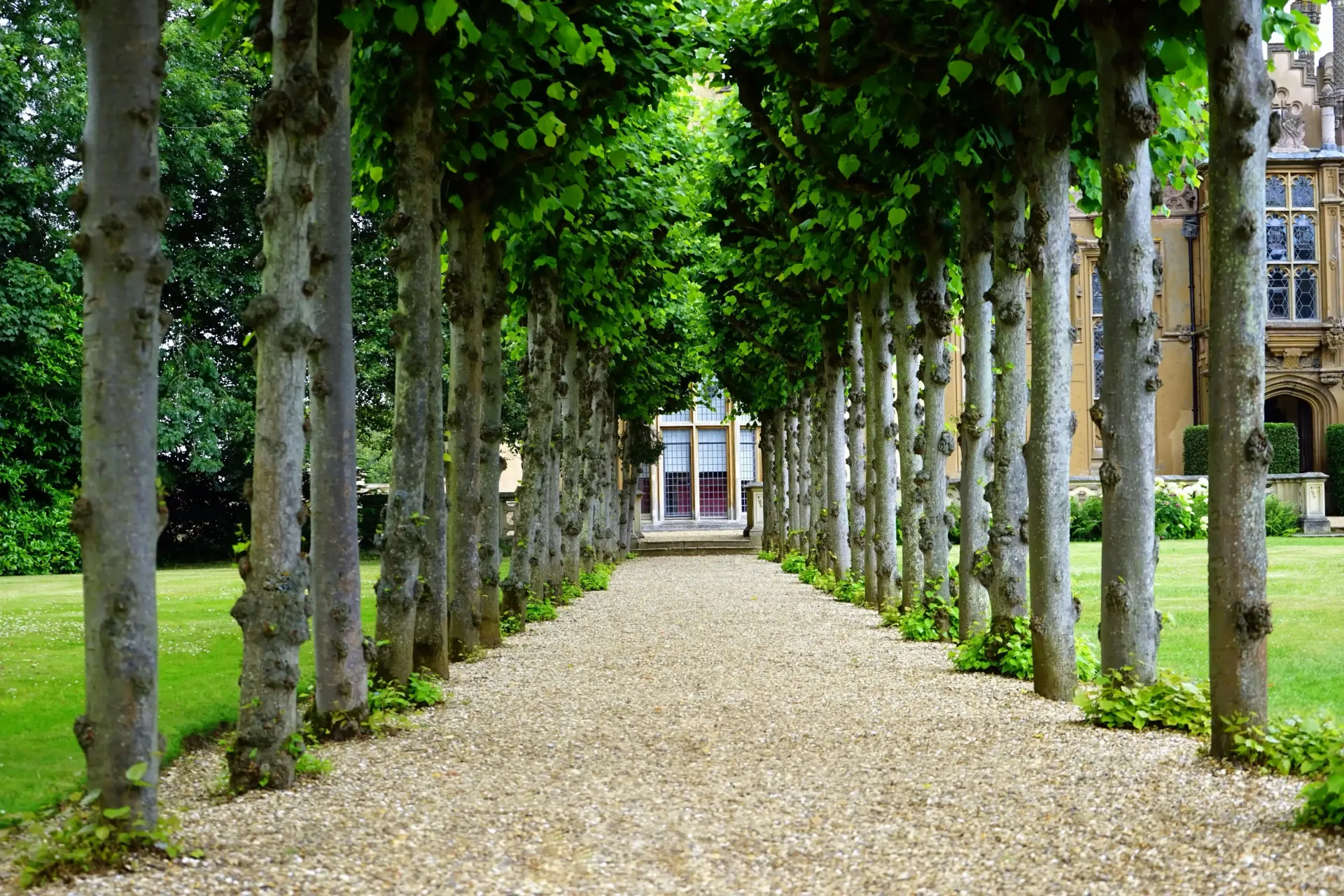Tree Doctor?
What Does a Tree Doctor Do — and When Should You Call One?
Meta Description:
Wondering what a tree doctor actually does? Learn when to call a certified arborist, how they diagnose tree problems, and why it matters for your property.
What Is a Tree Doctor, Exactly?
If you've searched for a “tree doctor” recently, you’re probably worried about a sick or struggling tree on your property. Maybe it’s losing leaves, leaning too much, or showing signs of disease — and now you’re asking the big question:
“What does a tree doctor actually do — and do I really need one?”
Let’s break it down. A tree doctor is more than just someone who trims branches. They’re trained experts who understand how to diagnose, treat, and prevent tree problems — and their job can save you time, money, and even your favorite shade tree.
Tree Doctor vs. Arborist: Is There a Difference?
In short: No — they’re the same.
“Tree doctor” is the everyday term for a certified arborist — someone who has professional training in the science of tree care, including:
- Tree biology and soil health
- Pest and disease diagnosis
- Pruning and structural support
- Tree removal and risk assessment
Think of a tree doctor like a general physician — but for your trees. They don’t just treat symptoms — they find the root cause (literally) and create a plan for long-term health.
Signs You Should Call a Tree Doctor
Here are common warning signs that mean your tree may need a professional evaluation:
- Sudden leaf drop or yellowing leaves
- Dead or brittle branches
- Fungal growth around the trunk or roots
- Sawdust, small holes, or signs of pests
- Leaning or cracking
- Reduced growth or thinning canopy
Many homeowners wait too long — and by then, the damage is too far gone. If something feels “off” about a tree, it’s better to call early and prevent costly removals later.
How Does a Tree Doctor Diagnose the Problem?
A certified tree doctor will inspect your tree from roots to crown. This may include:
- Checking soil composition and drainage
- Inspecting for signs of insect or fungal damage
- Reviewing how the tree was pruned (or neglected) in the past
- Testing for nutrient deficiencies
- Assessing nearby construction or root damage
From there, they’ll recommend the right treatment — whether that’s pruning, soil correction, pest control, or tree removal in extreme cases.
Common Tree Treatments and Services
Once diagnosed, a tree doctor may provide:
- Pruning to remove dead or diseased limbs
- Cabling or bracing to support weak branches
- Fertilization and soil enrichment
- Pest or disease treatment using eco-safe options
- Preventive care plans to avoid future issues
They’ll also advise you on what types of trees thrive in your region and how to care for them seasonally.
Why Hiring a Tree Doctor Is Worth It
Your trees are long-term investments. Mature trees can add $1,000s in property value, improve energy efficiency, and beautify your yard — but only if they’re healthy and safe.
Tree doctors protect that investment by helping your trees live longer, grow stronger, and avoid becoming hazards. And in many cases, a single consultation can prevent a removal that would have cost much more.
How to Find a Qualified Tree Doctor Near You
When hiring, look for:
- ISA Certification(International Society of Arboriculture)
- Local experience with your tree species and climate
- Positive reviews and customer references
- Proper insurance and licensing
A true professional won’t just show up with a chainsaw — they’ll show up with a plan.
Conclusion
So what does a tree doctor do? They diagnose, treat, and protect one of the most valuable features of your property — your trees.
If you see signs of damage, stress, or disease, don’t ignore them. Call a certified tree doctor for a professional assessment and let your trees get the care they deserve.
Call to Action
Think your tree might be sick?
Get peace of mind by scheduling a professional evaluation with a certified tree doctor near you. A quick visit today could save your tree — and your wallet — tomorrow.




